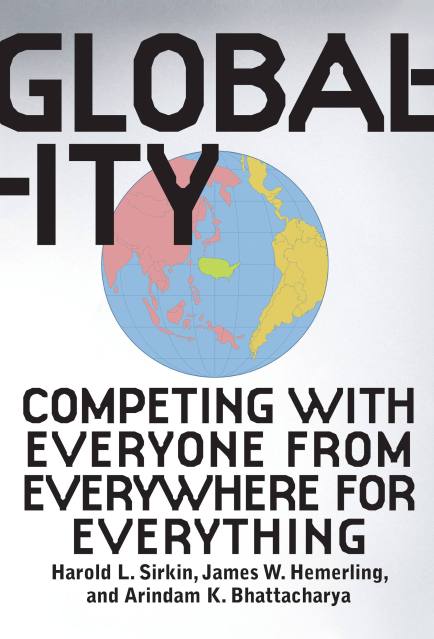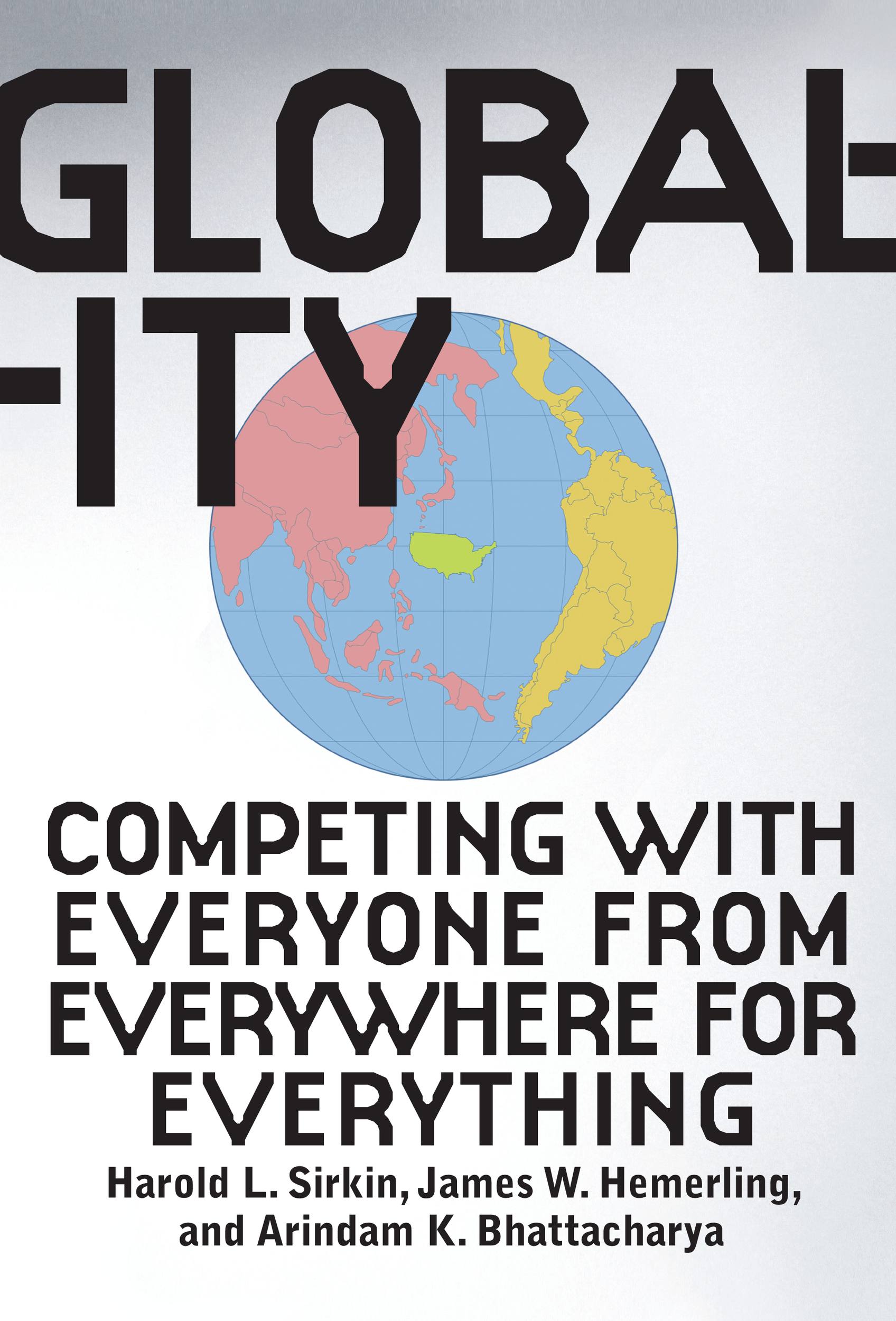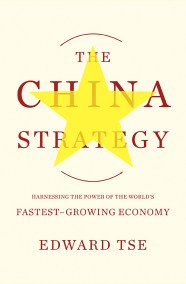Promotion
Use code MOM24 for 20% off site wide + free shipping over $45
Globality
Competing with Everyone from Everywhere for Everything
Contributors
By Hal Sirkin
Formats and Prices
Price
$12.99Price
$16.99 CADFormat
Format:
- ebook $12.99 $16.99 CAD
- Audiobook Download (Abridged) $18.99 CAD
This item is a preorder. Your payment method will be charged immediately, and the product is expected to ship on or around June 11, 2008. This date is subject to change due to shipping delays beyond our control.
Also available from:
An absolutely stunning — and scary – wake-up call that reveals how the economic world is about to change dramatically in the next few years as dozens of RDEs (“Rapidly Developing Economies”) begin to assert themselves as major economic powers.
“…their insights into the competitive battle in emerging markets are so keen.” — William J. Holstein of The New York Times
“Many American chief executives, it turns out, are aiming at emerging markets…And they will find many insights into prevailing in those battles in this book.” — William J. Holstein of The New York Times
“…for any corporate strategist pondering the challenges and opportunities of globalization, this book is an indispensable guide.” — John Cummings of Business Finance
“While the global economy has been a hot topic for at least two decades, it is in constant need of updating …GLOBALITY…does the job nicely.” — BNET
“[This] vividly detailed tome describes the latest shift in globalization from a one-way street of Western domination to an increasingly competitive global playing field, where businesses from once-discounted nations are solidifying their standing.” — CIO Insight
“Whatever the next New World Order turns out to be, the advice in GLOBALITY will come in useful, for multinationals and individual workers alike.” — Business Pundit
“A smart discourse on how local companies in developing economies, such as China, India and Brazil, are bucking tradition and going for broke on their own terms…” — BNET
“This book is a must-read for leaders of companies in the developed world who want to get into the globality act and stay in it.” — Cecil Johnson, McClatchy-Tribune News
“Get ready for a new wave of challengers, ‘bursting their way onto the big stage.’ So say the three authors of this smart analysis about the latest developments in global competition” — Andrea Sachs of TIME
Genre:
- On Sale
- Jun 11, 2008
- Page Count
- 304 pages
- Publisher
- Business Plus
- ISBN-13
- 9780446537438
Newsletter Signup
By clicking ‘Sign Up,’ I acknowledge that I have read and agree to Hachette Book Group’s Privacy Policy and Terms of Use








